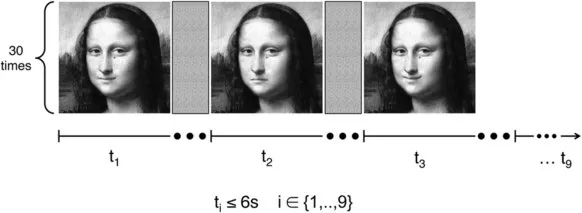So Is ‘Mona Lisa’ Smiling? A New Study Says Yes
Compared to other similar images, the masterpiece’s mouth registered as happy to almost 100 percent of the participants
/https://tf-cmsv2-smithsonianmag-media.s3.amazonaws.com/filer/00/a1/00a1f7bf-556f-48ef-a4da-10ea981a9337/mona.jpg)
If the "Mona Lisa" was showing a few teeth, Leonardo da Vinci’s 16th-century masterpiece might not be quite as famous as it is. That’s because the portrait, believed to be of Lisa Gherardini, who was married to Florentine cloth merchant Francesco del Giocondo, depicts a half smile that has gone down as an enigma for the ages. Look at it long enough and the portrait seems to express several emotions at once—happiness, tenderness, annoyance, a melancholy sadness, maybe even some gas pains? But new research shows that art lovers may be looking a little too hard—most people perceive the "Mona Lisa" as just looking happy.
Laura Geggel at LiveScience reports that researchers at the Institute for Frontier Areas of Psychology and Mental Health in Freiburg, Germany, conducted two experiments on "Mona Lisa" viewers. First, they showed participants the original "Mona Lisa" along with eight variations of the painting with the curvature of the mouth altered into happy and sad configurations. Those nine total paintings were shown in random order to participants 30 times, with the volunteers reporting whether the face was happy or sad and their confidence in that judgement. Geggel reports that the 12 participants identified the happy faces more quickly and more accurately than the sad expressions. The original version of the painting was placed in the happy category by the participants close to 100 percent of the time. “We were very surprised to find out that the original 'Mona Lisa' is almost always seen as being happy,” Jürgen Kornmeier, lead author of study says in a press release. “That calls the common opinion among art historians into question.”

But that wasn’t the only aim of the study. In a second experiment the researchers drilled down on the sad images. Using the original as the happiest expression, they presented their subjects with seven intermediate versions of the "Mona Lisa" looking glum, including three from the previous experiment. What they found is that the participants rated the images they’d previously seen as sadder than they did in the first experiment. In other words, in the presence of other sad image, the participants found all the images sadder overall. “The data show that our perception, for instance of whether something is sad or happy, is not absolute but adapts to the environment with astonishing speed,” says Kornmeier says in the press release. The study appears in the journal Scientific Reports.
That’s not to say the opinions of a dozen German research volunteers will overturn centuries of speculation. Other research indicates that da Vinci may actually be trolling the viewer and that the "Mona Lisa" uses an optical illusion developed by da Vinci that's been dubbed the “uncatchable smile.” The illusion is that when looked at as a whole, the subject appears to be smiling. When the viewer focuses on the mouth, however, it looks downturned. “Given da Vinci’s mastery of the technique, and its subsequent use in the "Mona Lisa," it is quite conceivable that the ambiguity of the effect was intentional,” Alessandro Soranzo expert in visual perception from Sheffield Hallam University tells K.N. Smith at Discover. However, there is no evidence that da Vinci developed the enigmatic smile on purpose.
Then there’s the purported "Isleworth Mona Lisa," which some people believe is an earlier version of the painting, depicting Lisa Gherardini about a decade earlier. In that version, her expression is much less enigmatic, though major da Vinci scholars reject the idea that the decidedly smileyer image comes from the hand of the master himself.